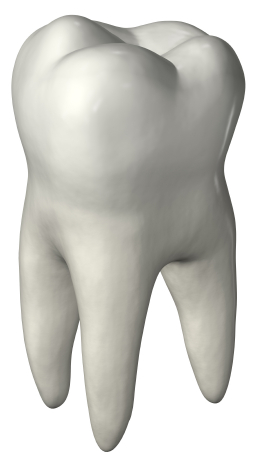Who is Beowulf & why is Grendel dead?
 Fri, July 6, 2007 at 11:13 AM
Fri, July 6, 2007 at 11:13 AM  The eighth-century story Beowulf, whose author remains in hiding since this became mandatory reading in many high school English classes, is the great heroic epic of Old English and reflects the mix of pagan traditions and Christianity that characterized northern Europe during the Middle Ages. It also boasts lots of sexually repressed and aggressive blonds.
The eighth-century story Beowulf, whose author remains in hiding since this became mandatory reading in many high school English classes, is the great heroic epic of Old English and reflects the mix of pagan traditions and Christianity that characterized northern Europe during the Middle Ages. It also boasts lots of sexually repressed and aggressive blonds.
The saga opens in the mead hall of the Danish king Hrothgar who has been hiding under his bed as the monster Grendel breaks into his castle every night and chews the heads off of all of Hrothgar’s best mead-drinkers. (This may have been caused by a vitamin deficiency due to Grendel’s previous diet that consisted exclusively of his own toe-jam.)
So everyone in Hrothgar’s kingdom is pleased as punch when Beowulf and his jolly band of leather wearing lackeys show up fresh off the boat from Geatland (a region in southern Sweden where all the Geats used to be.)
You can see that troubles brewing and Grendel hasn’t a chance. Beowulf’s soon wearing poor Grendel’s guts for garters and starts parading around like he thinks he’s the Head Geat. (At one point he supposedly point his thumb at his chest and spouts, ‘Here’s the beef’.)
Now this doesn’t make Grendels Mother to happy to have her little head-munching boy ‘off-ed’ by a band of sword-wielding blonds from a Nordic boy band. Grendels Mom proves to be just as nasty as Grendel and Beowulf has to track her down to her lair (a cozy lair with a really nice view) and pokes her with sharp objects until she stops moving.
This makes everyone happy and Beowulf rules for another fifty years until a dragon makes dental floss out of him.
Though Beowulf’s influence on the development of English literature is often overstated (The poem was largely forgotten until the 1800’s) it gained renewed prominence in he twentieth century by inspiring the works of J.R.R. Tolkien
 1 Comment | | posted in
1 Comment | | posted in  Literature
Literature 




